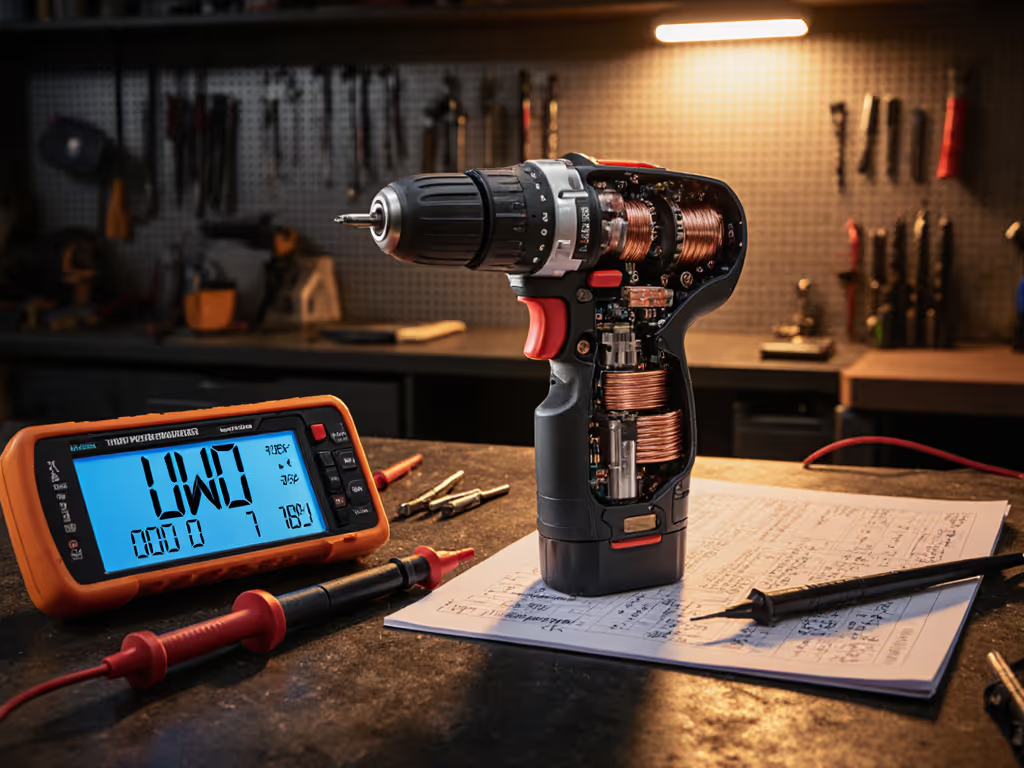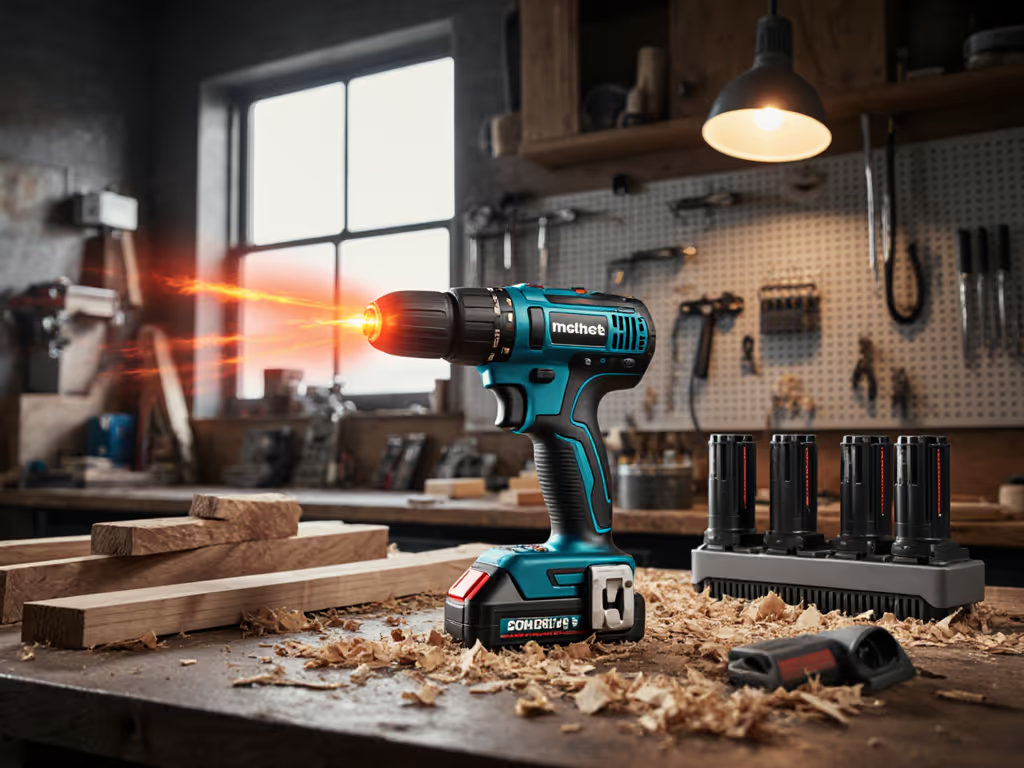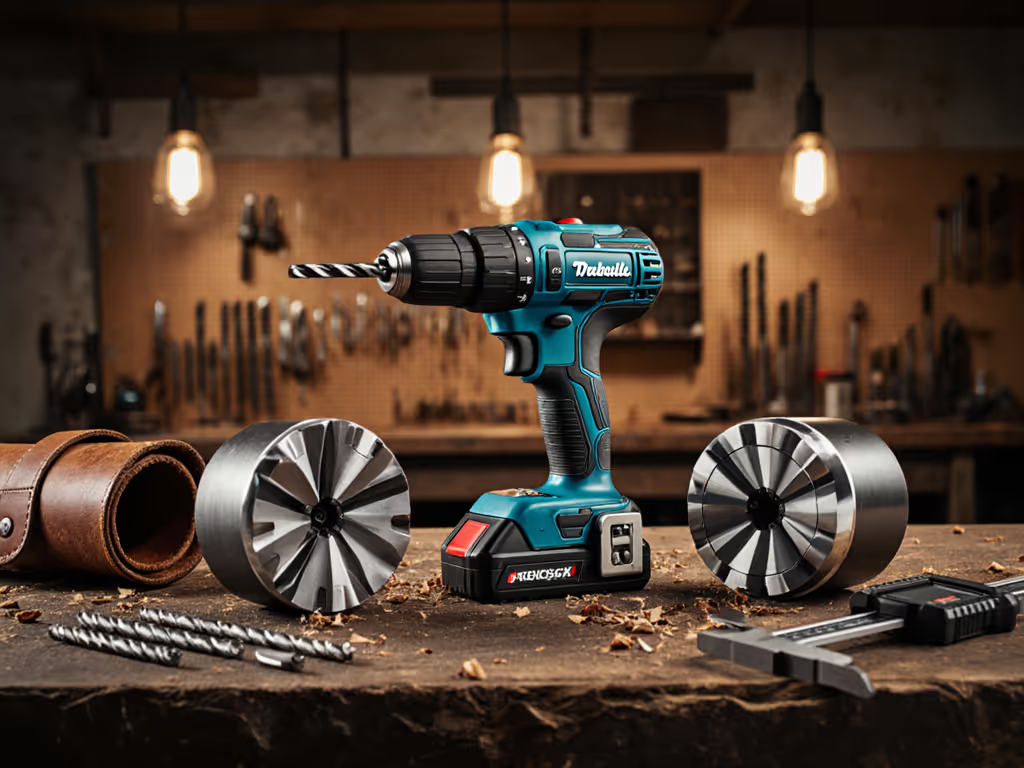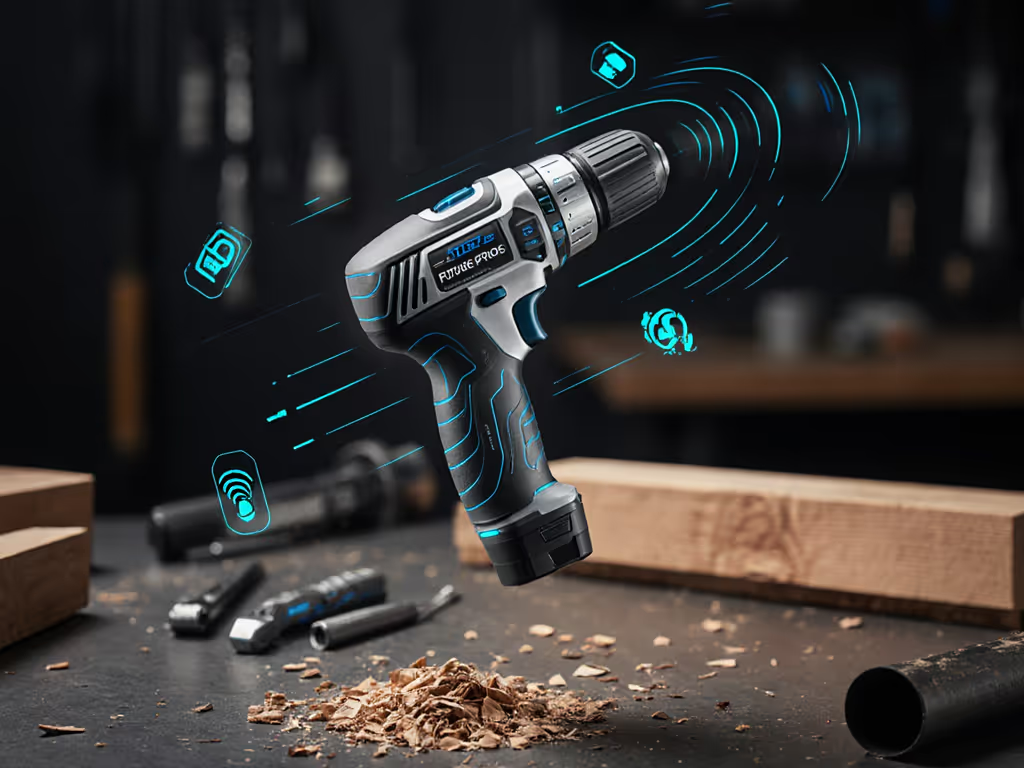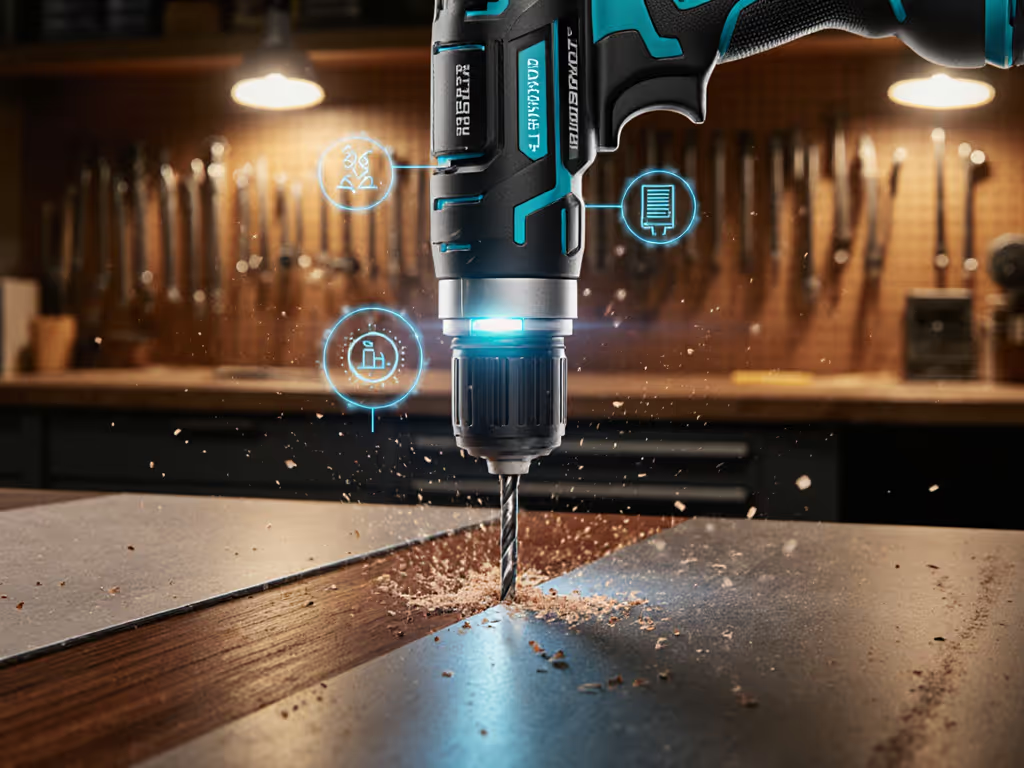
Brushless vs Brushed Motors: Power & Runtime Decoded
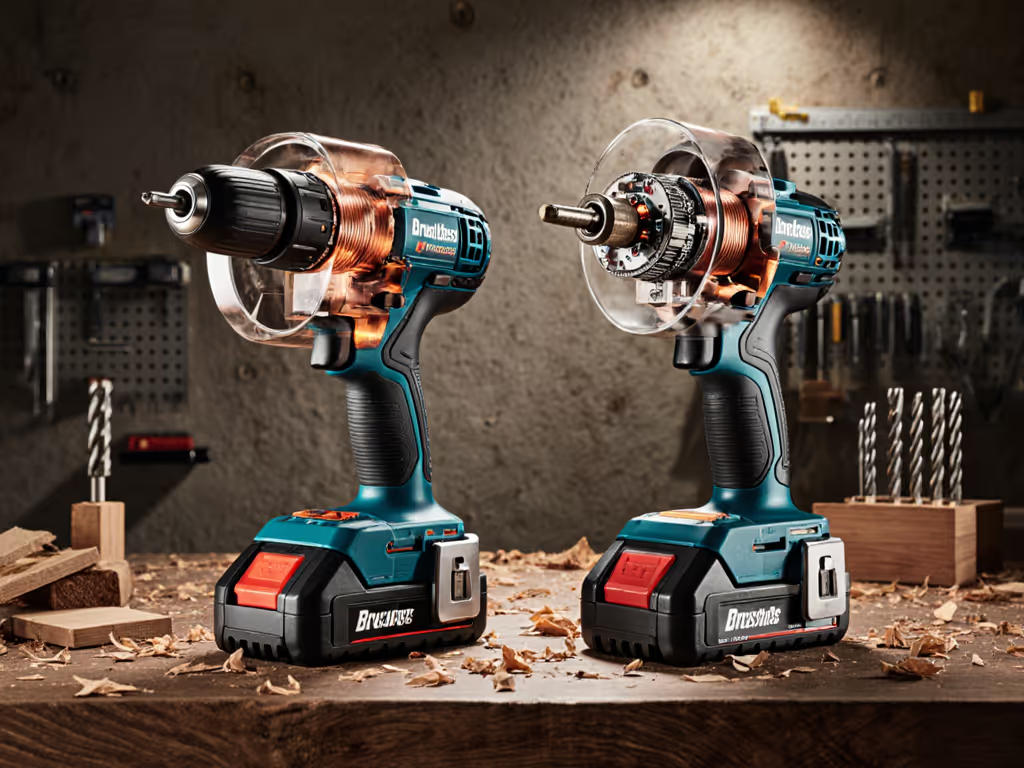
When you're standing in the power tool aisle, overwhelmed by voltages and motor types, understanding the difference between a brushless vs brushed motor is your first step toward building real confidence. Let me explain drill motor technology the way I do during my Saturday beginners' classes: it's not about peak specs, but how your tool behaves under load when you're shoulder-deep in a project. Confidence compounds when your first kit matches your first jobs and timeline, like when I saw a hesitant DIYer swap to a shorter drill bit and mid-speed clutch setting, then sink their first straight pilot hole. That momentum matters.
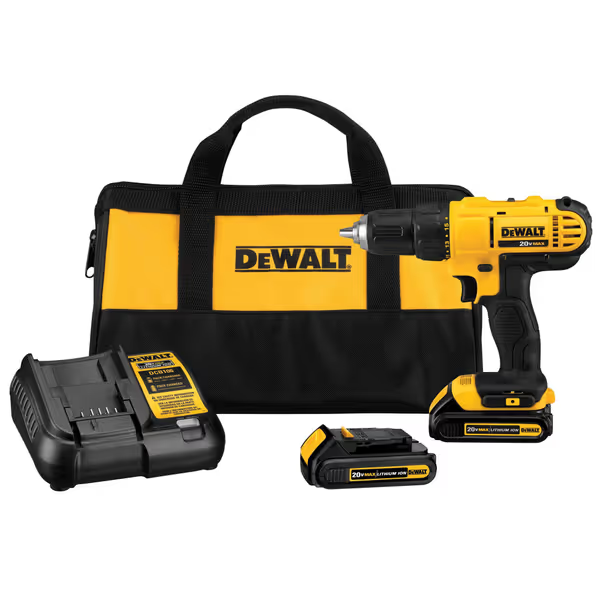
DEWALT 20V Max Cordless Drill/Driver Kit
How Brushed and Brushless Motors Actually Work (No Engineering Degree Required)
Let's define terms before we dive in. Brushed motors use physical carbon brushes that press against a spinning commutator (a copper ring) to deliver electricity to the rotor. Think of it like a record player needle making contact. Brushless motors replace this mechanical system with electronic sensors and controllers that precisely time electrical pulses to stationary coils. No physical contact means no friction points. For a deeper technical dive into control electronics and runtime benefits, see brushless drills explained.
Brushed Motor Reality Check: Those carbon brushes wear down like pencil erasers. Every time you feel slight vibration in an old drill, that's often the brushes arcing against the commutator. Most DIY-grade brushed tools don't have replaceable brushes (they're sealed units). When performance drops, you replace the whole tool.
Brushless Motor Reality Check: The electronics constantly monitor rotor position 10,000+ times per second. This isn't overkill, it means your drill only uses as much power as the task requires. When driving a #8 screw into pine? It sips energy. When hitting a knot? It ramps up instantly.
Practice on scrap; then commit. Always test new settings on material you can afford to waste.
Why Brushless Motor Efficiency Translates to Real-World Runtime
"Efficiency" isn't just a buzzword, it is how many 3" deck screws you get per battery charge. Here's what the specs actually mean for your Saturday project:
- Brushed motors lose 15-25% of battery energy as heat and friction from brush contact. That's why your bargain-bin drill feels hot after 20 minutes of work.
- Brushless motors lose only 5-10% thanks to precision electronic control. More watt-hours go directly to spinning the chuck.
The DIYer's Runtime Cheat Sheet:
| Task | Brushed Motor (2.0Ah Battery) | Brushless Motor (2.0Ah Battery) |
|---|---|---|
| 2" Drywall screws | ~80 screws | ~120 screws |
| 3/8" wood holes | 45 minutes | 65 minutes |
| Deck framing (16d nails) | 1 battery barely completes 10ft | 1 battery finishes 15ft+ |
Critical insight: Brushless tools excel at variable load tasks (like drilling through mixed materials). The electronics instantly adjust power, while brushed motors run full-bore constantly. That's why you'll see brushless impact drivers in pro kits, they deliver maximum torque only when needed, preserving battery life.
Torque Curve Differences: Your Secret Weapon for Clean Work
This is where beginners stumble. Brushed motors deliver maximum torque immediately at low RPMs. Sounds great, until you're stripping cabinet screws. Brushless motors offer programmable torque curves:
- Low-speed precision mode (0-800 RPM): Gradual torque build-up. Perfect for finish carpentry where you need to feel the bit engage without blowouts.
- High-torque mode (0-2000+ RPM): Aggressive power delivery. Essential for lag bolts or masonry bits.
My safety reminder: Always match torque settings to bit length. Short bits amplify kickback risk at high torque. Start at clutch setting 5 for most wood screws. Practice on scrap; then commit.
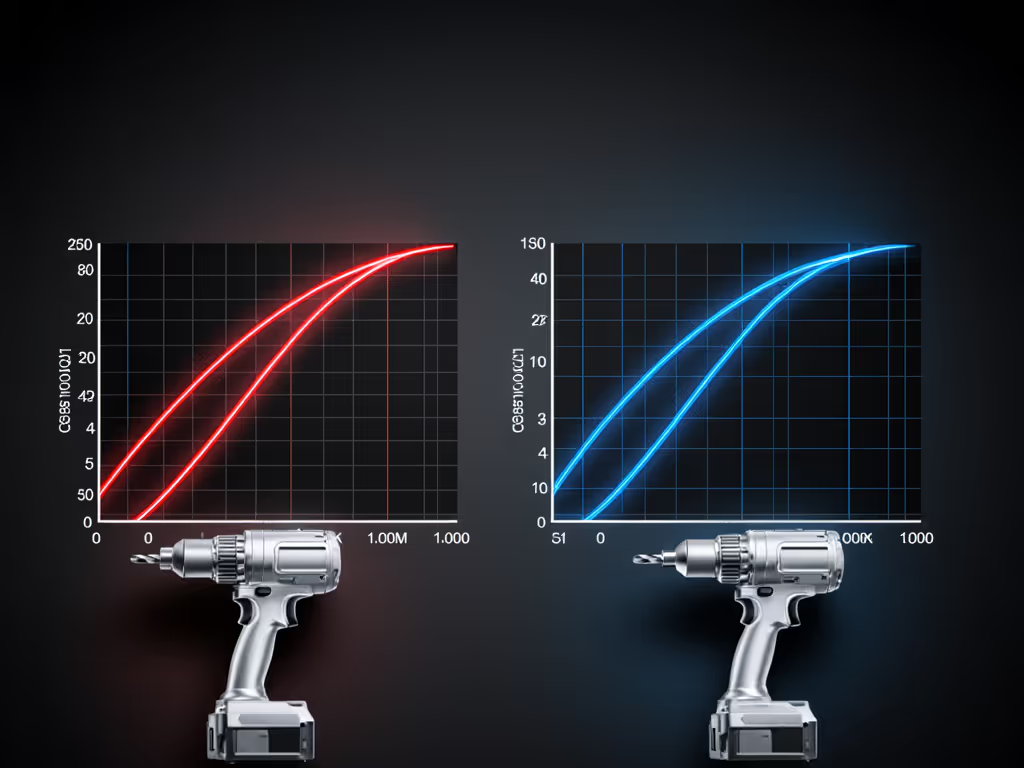
Motor Maintenance Requirements: The Hidden Cost of "Cheap" Tools
Let's talk about power tool motor lifespan through a DIY lens. Brushed motors have a hard runtime limit, typically 50-100 hours for budget models, before brush wear causes inconsistent power. You'll notice it as:
- "Bouncing" trigger response
- Uneven speed under load
- That burnt smell during extended use
Brushless tools avoid these issues, but they're not immortal. Their weak point is the electronics board (exposed to dust/moisture). The good news? Quality brushless drills now routinely hit 1,000+ runtime hours with basic care:
Beginner's Maintenance Checklist:
- After every use: Blow dust from vents with compressed air (5 seconds max)
- Monthly: Wipe contacts on battery/tool with dry cloth
- Before storage: Run battery down to 40% charge (ideal for Li-ion)
- Never: Submerge motor housing or use solvents near vents
Real talk: In my makerspace, brushed drills get retired after 18 months of weekly use. Brushless units? Still humming after 5 years with trade apprentices. The $20-$30 price difference pays for itself in avoided replacements.
Your Action Plan: Start Simple, Build Smart
Remember my student who upgraded to a two-battery kit after sinking that first clean hole? That's the mindset: Start simple, lock the ecosystem, and let skills compound. Here's your foolproof path:
-
Week 1: Buy a brushless compact drill (12-18V) with one 2.0Ah battery. Avoid bundled "starter kits" with 3 batteries. If you're that busy, you'll buy your second battery in 3 months anyway.
- Why brushless? For < $15 more, you get 35% longer runtime (the difference between finishing your deck railing or stopping mid-project).
-
Month 3: Add a second battery only when you hit runtime limits. Pro tip: Get the same Ah rating as your first, mixing 1.5Ah/4.0Ah batteries confuses your muscle memory.
-
Year 1: Expand to brushless impact drivers within the same ecosystem. Notice how the DEWALT 20V MAX XR impact driver (DCF887B) shares batteries with their drills? That's ecosystem thinking.
Critical timing: If your first project involves concrete (like mounting a TV bracket), skip brushless for the hammer drill. Brushed hammer drills handle intermittent concrete work just fine and cost less to replace when the brushes wear out.
The Bottom Line: Match Motors to Your Actual Workflow
You don't need the most advanced motor, you need the right motor for your projects. If you're installing 50+ cabinet hinges weekly, brushless is non-negotiable. If you're putting up shelf brackets twice a year? A brushed drill won't wear out before you replace it.
Last week, a student asked if Milwaukee's M18 FUEL combo kit was overkill. "Only if," I said, "you're not planning to ever use those tools again." True value isn't in the box, it is in the confidence to grab your drill now and build something real. Your first kit isn't forever, it is the foundation. Start simple, lock the ecosystem, and let skills compound.
Practice on scrap; then commit. Your next project is waiting.

